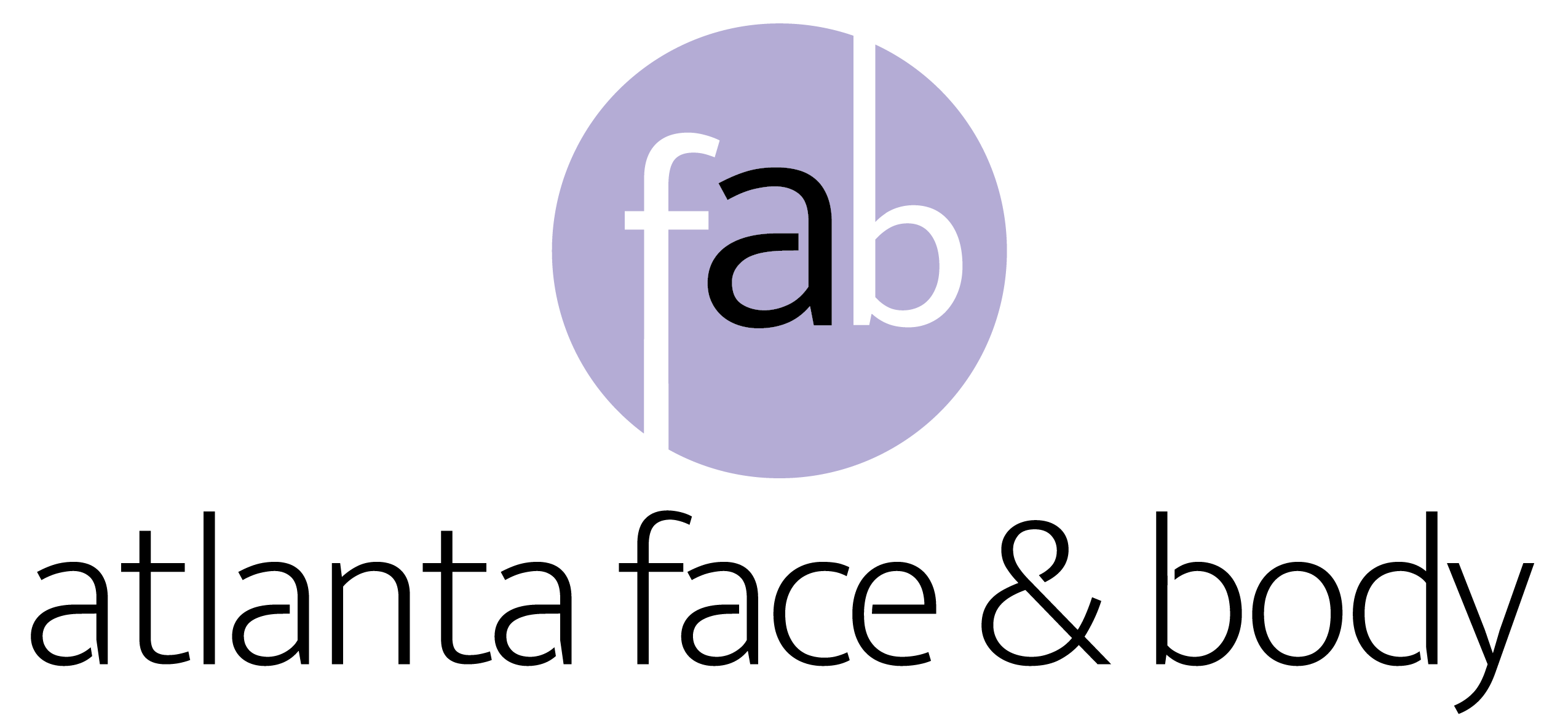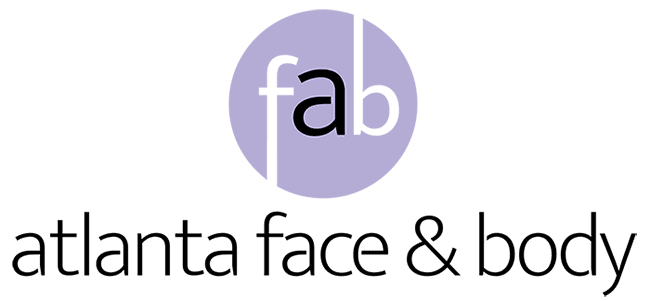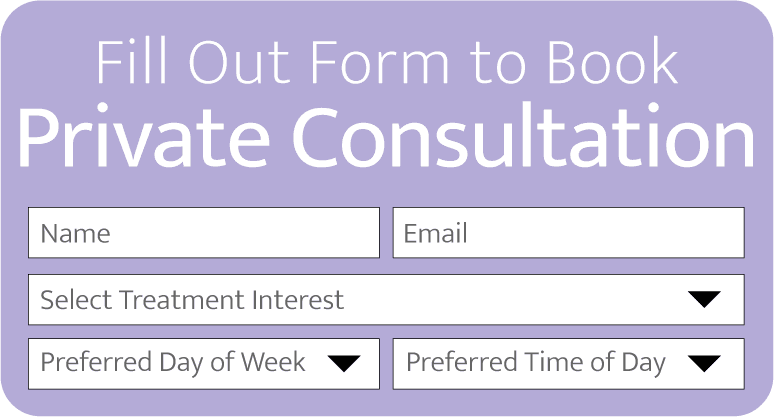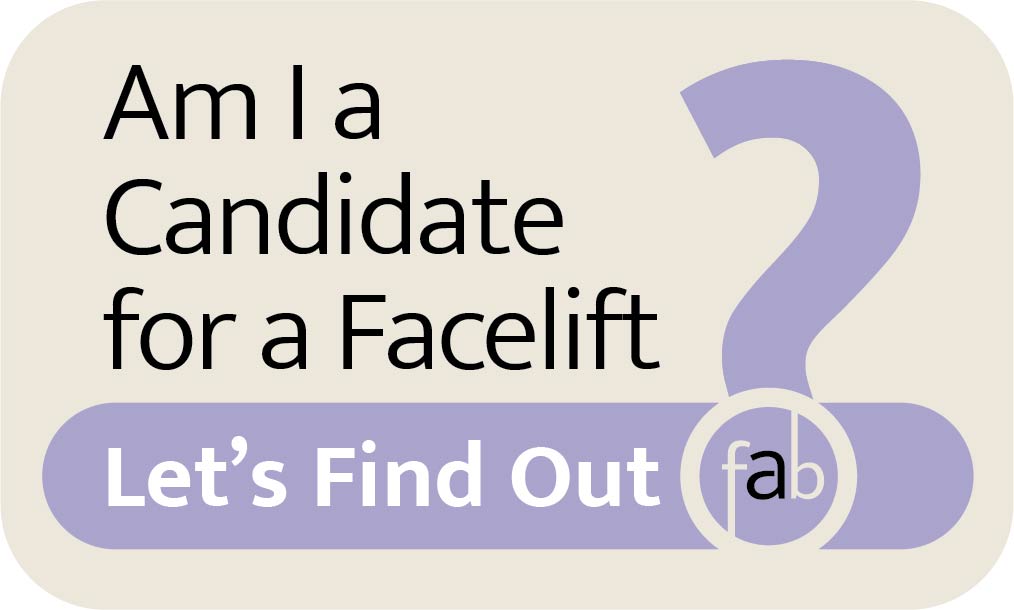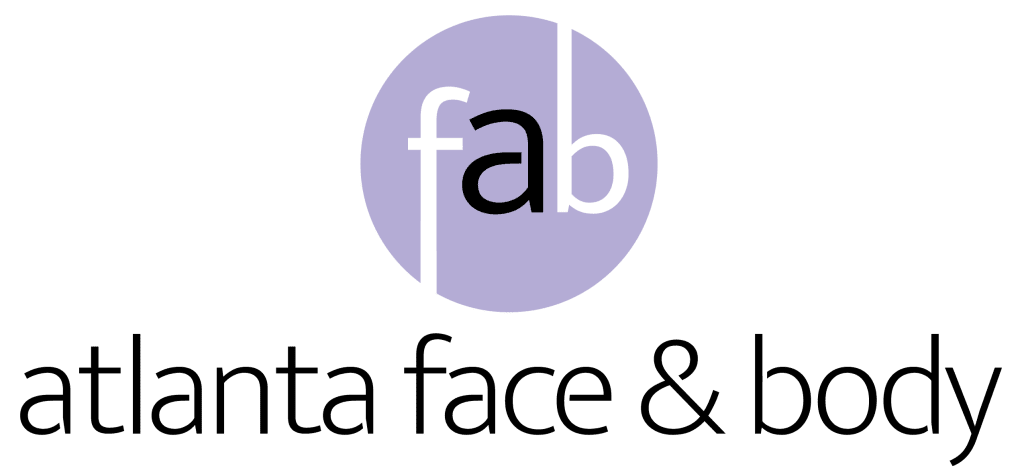In 2016, 17.1 million cosmetic procedures were performed in the United States. The number of facelift procedures increased from the previous year, indicating a growing interest in facelift procedures and perhaps even a growing rate of satisfaction with the results.
Appearance-altering techniques are nothing new. From the eyeliner worn by ancient Egyptians to the powdered wigs donned by 18th century English men and women, we have always been fascinated by appearances, and there’s nothing unusual about wanting a change (or upgrade). Now, we have the technology to do it.
With so many anti-aging solutions on the market, it can be difficult to decide which one makes the most sense for you.
To give you a little clarity about one of these popular techniques, we’re going to delve deep into the art of facelift procedures. Read on to find out if a facelift is right for you!
What Are Some Facelift Options?
Just like there are plenty of options when it comes to nonsurgical procedures, there’s a variety of facelift options to choose from. Knowing what you want to correct will help you to decide which facelift procedure is the right one for you.
First, you will have to decide if you want a standard facelift or a mini facelift. Typically, the standard facelift will address moderate-to-severe aging around the neck, jaw, and cheeks.
Dr. Elizabeth Whitaker of Atlanta Face & Body has performed more than 4,000 facelifts in her career. They are a specialty of Dr. Elizabeth and one of the reasons why she’s known as the “Queen of Faces”.
Dr. Elizabeth offers the following facelifts: Liquid Facelift, Signature ProfileLift™ Facelift, Signature PrecisionLift™, Signature Necklift™ Facelift, Signature SoftLift™ Facelift & Signature Lift.
What Are the Facelift Procedure Steps?
Generally, facelifts require general anesthesia. However, some surgeons will use a combination of local anesthesia and sedation to perform mini facelifts, as they are less invasive.
Not every surgeon uses the same techniques. We will discuss the most common method as well as some of the alternative methods your surgeon may offer.
A common facelift procedure involves an incision at a chosen entry point. From there, the skin is separated from the connective tissues and muscles below. The surgeon can then reposition the facial tissue while eliminating jowls and creating a firmer base for your skin.
Excess skin will also be removed from the area being treated so that the remaining skin can be laid smoothly and evenly over the rejuvenated tissue. At this point, stitches will be required.
What Is Recovery From a Facelift Procedure Like?
Recovery from a facelift procedure is usually very quick, but it still requires some preparation. It’s important to know in advance what to expect. Depending on the type of facelift procedure you undergo, it could take anywhere from a few days to four weeks before normal activities can be resumed.
In the first few days after a facelift procedure, you should plan to rest as much as possible. Don’t expect to go to work or out with friends and instead, opt for some couch or bedtime.
If your procedure requires stitches, you can expect to have the stitches taken out around the one week mark. Keep in mind that this will require a follow-up appointment, so you’ll need to make sure you don’t have any obligations in the week following your facelift.
For facelift procedures that don’t require stitches, you’ll still feel some mild discomfort in the days after. The areas that have undergone small incisions or injections may bruise or swell. If this happens, don’t panic, as it is normal and will go away in a few days or so.
Your surgeon will create a recovery plan for you that you’ll need to follow for a smooth and speedy recovery. This may include getting extra sleep and eating healthy food so you can begin to heal from the inside as well as the outside. You’ll also need to keep your face protected from overexposure to the sun.
What Results Should Be Expected Following a Facelift?
While you’re recovering from your facelift, you may feel antsy about seeing the results. Because you may have stitches, swelling, or bruising, it can be difficult to determine how your facelift has changed your appearance. Be patient and be gentle with yourself, both physically and emotionally.
Once the recovery period is over, you should see smoother, tighter skin. The areas of your face and neck that were targeted by the procedure will be more defined and you’ll look younger and healthier.
Some people do decide to get more than one facelift in a short period of time. This is usually the case for people who have more advanced aging and have more fatty tissue or loose skin. However, most people will not need a touchup for several years, if at all.
What Makes People Consider Getting a Facelift?
Getting a facelift is a completely personal decision and the reason each person gets them is entirely their own. However, what everyone has in common is they want to change the appearance of their face.
For some people, they simply don’t like the way their face is aging. They look in the mirror and think, “I look so much older than I feel!”
For others, it can be a more pressing issue. Confidence is important and when a person is lacking it, it can be very harmful to their mental health. For anyone who finds themselves trying to hide their appearance behind heavy clothing or avoiding eye contact because they don’t wish to be seen, a facelift can help them to get their confidence back.
Some people may even feel that their appearance is hindering their personal or professional relationships.
Does Everyone Qualify?
Before agreeing to perform a facelift on a patient, surgeons will need to know some things about their medical history.
They’ll need to know about any issues with blood pressure or blood clotting. They’ll also need to know about any allergies the patient has and all medications they’re taking, as not everyone interacts well with anesthesia.
Surgeons will also take into account any scarring and other skin conditions the patient has. This may affect the areas that can be chosen for incisions or other necessary techniques.
Finally, surgeons will want to know if the patient has a history of drug use or smoking, in part because these habits do affect the skin.
Not everyone qualifies for a facelift, but a consultation with your surgeon will clear up any questions or concerns you or your surgeon may have.
Is a Facelift Procedure Right for You?
You’ve got the information you need to understand what happens during a facelift, what options you have, and what recovery will be like. This final question is one that only you can answer.
If you feel confident that you’re prepared for this minimally invasive surgery and can dedicate the time and energy to proper recovery and maintenance, then a facelift may be the right decision for you. If you know that younger-looking skin and more defined contouring will improve your quality of life, then a facelift is probably a great decision for you!
We’re ready to help!
If you’re ready to move forward with a facelift procedure, the first step is to talk with a qualified surgeon. The two of you should discuss your goals, what kinds of procedures you feel most comfortable with, and pricing.
If you’re in the Atlanta, Georgia area, we are happy to help with our very own Atlanta plastic surgeon. Contact us today and schedule your free consultation!
